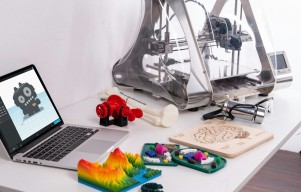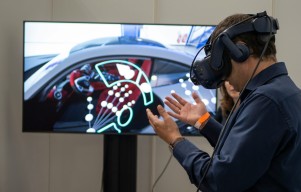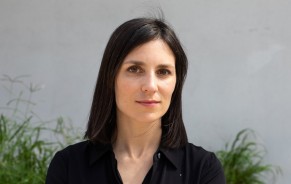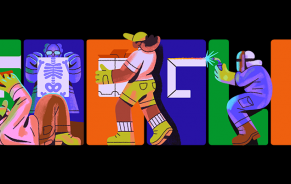Well here's some bad news for everyone who thinks inner beauty can outshine its exterior counterpart. Scientists have found that specific physical attributes, like a curled lip or a sharp cheekbone, do in fact drive our first impressions.
Scientist from the University of York have found that small changes in the dimensions of a face can make it appear more trustworthy, dominant or attractive. While that may not be news in-and-of itself, the team thought to measuring these subtleties and apply them to the commercial world.
Dr. Tom Hartley is a neuroscientist at the University of York and the study's senior author. He told the BBC, "If people are forming these first impressions, just based on looking at somebody's face, what is it about the image of the face that's giving that impression - can we measure it exactly?"
The results have been published in teh journal, PNAS.
Hartley reminds readers how important this information could be for social media users who have grown accustomed to presenting themselves online.
To make his calculations, Harley and his team showed over 1,000 face photos taken from the Internet to at least six different people. The selected individuals then ranked the photos based off of 16 different social traits, from trustworthiness to intelligence.
This data allowed Hartley to put together a mathematical model of how the dimensions of a face can produce the three impressions mentioned above: trustworthiness, dominance and attractiveness.
The team used the model to produce cartoon versions of those who best and worst conveyed the three impressions. Then, they put their work to the test. They asked more participants to evaluate the cartoon faces and report the impressions they gave off. The answers matched those predicted by Hartley's equation.
But Hartley reminds readers, "Lots of the features of the face tend to vary together. So it's very difficult for us to pin down with certainty that a given feature of the face is contributing to a certain social impression."
Hartley's findings do, however, suggest that brief facial expressions can make a big difference in the way in which strangers receive us.
Hartley says, "It might be problematic if we're forming these kind of judgments based on these rather fleeting impressions... particularly in today's world where we only might see one picture of a face, on social media, and have to form our impression based on that."
But it's not all bad news.
"It might be very useful for organizations who are interested in people's faces... You would be able to use these kind of numbers to decide when is a good time to take a photograph, or maybe to choose the photograph that's really optimal in putting forward the best possible impression - and you might want to put forward different kinds of social impressions in different situations," says Hartley.
Animators "have to give life, and give some social meaning, to the faces of their characters just by changing small things... What we're doing is trying to put that on a scientific footing. It's been fascinating to find out more about."

















